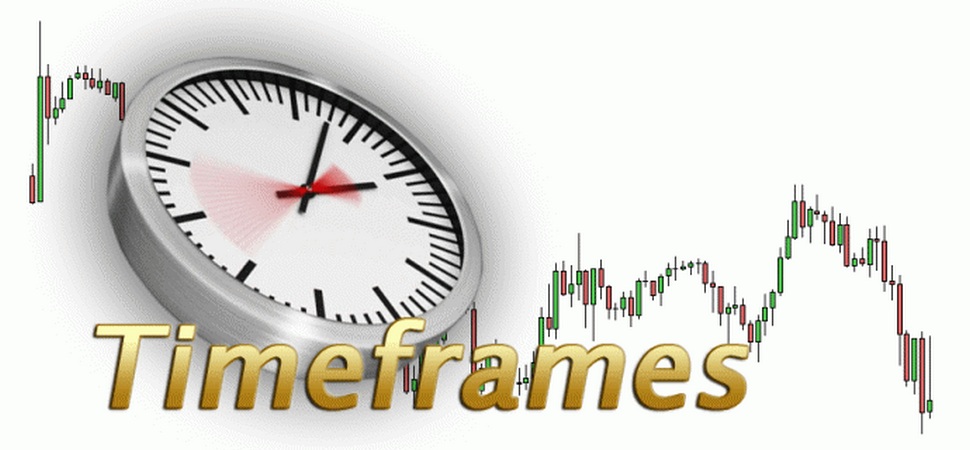15.11.2023
Евгений Лебедев
647

We know that trading stocks is best done during market opening and closing hours, as this is when the market is most volatile. Most traders avoid the lunch hour because it takes longer for trading to close. But what do we know about the Forex market, what is the best time frame for Forex trading, and does such a time frame exist?
Many traders, especially beginners, think about this question often. This question is asked by former equity traders who are accustomed to daily equity trading time frames. In the Forex market, unfortunately, there is no magic trading moment. Movements in this market occur 24 hours a day. The key here is to focus on strategy and style, not on a specific time period. Now we will show you why.
The Forex market is a game of currency pairs. Each trader must choose a currency pair, such as AUD/JPY or EUR/USD. The first currencies, AUD and EUR, are the base currencies; the second, JPY and USD, are the counter or quote currencies. Each currency pair has its own period of volatility. In the Forex market, all time frames are important. There are two general time frames: long term and short term. These time frames are communicated by trend charts and trigger charts. Trend charts are designed for long-term time frames. They help traders recognize trends. Trigger charts are designed for short-term time frames to show traders entry points for trading.
The ideal time frame for trading depends on strategy, trading style and volatility. For daily trading, time frames between 30 minutes and 4 hours are optimal. For swing trading, a 4-hour or daily timeframe is optimal. For position trading, a weekly timeframe is optimal.
If you are looking for an entry point, you can use a trigger chart by spending 5–60 minutes on it for day trading. Swing trading takes 2–4 hours to identify the entry point. If you are holding a position, you should refer to the trigger chart daily.
The time frame allotted for Forex trading depends largely on the trader's strategy and position.
Time Frame for Position Trading
Many traders wonder which time frame is best for position trading. The answer to this question is not so simple. As explained above, it depends on the position you are taking. If you are taking a long-term position, this timeframe can be as small as a day or as long as a year.
Many traders, especially beginners, try to avoid this approach because long-term positions take time. The alternative is a short-term position, which is never easy. Short-term positions are more deceptive and traders are more likely to make mistakes. You must spend a lot of time choosing a viable trading strategy.
As the saying goes, "good things come to those who wait."
If you take a long-term approach, monthly charts will give you qualifying trends and weekly charts will give you trading points. Once you have identified a trend, you can use the weekly chart to look for trading entry options. You can also use price action to identify possible trade entry points.
Timeframe for Swing Trading
While the long-term approach can be time-consuming, it is a good idea to learn it first before moving to swing trading. This is followed by a slightly shorter approach. Note that shorter time frames have more volatility. Before you start trading in shorter time frames, you need to address your money and risk management issues.
Swing trading helps shorten your time frame because it is neither long term nor short term. Swing trading is one of the most popular approaches in the Forex market because traders can take advantage of both worlds.
The best time frame for swing trading is a 4-hour or daily chart.
Swing traders do not need to constantly monitor the market, which is not possible with short-term positions. They can check the charts several times a day to see if there are new trends in the market. When favorable opportunities arise, they trade at set stops. They further check the progress of the trade by monitoring the trade. Traders look at the charts more often than they do long-term positions. Thus, the possibility of missed opportunities is minimized.
For example, swing traders use two types of charts: daily charts to determine trends and the general direction of the market, and four-hour charts to look for entry and sell positions. Daily charts show daily highs and lows. Traders typically track the direction of the previous trade. Once the trader has determined the direction of the trade using the daily chart, the trader moves to the four-hour chart to look for entry points. The trader enters the trade after the candle closes or after the price breaks through a specified resistance.
Timeframe for intraday trading
Intraday trading is prevalent in equities, where periods of volatility have a distinct character. In the currency markets, however, it is one of the most complex approaches. It is not the place for novice traders, as it is very common to have to develop new trading strategies. Forex day traders need to constantly reinvent their trading solutions. Not being accustomed to this can result in significant losses. Therefore, novice traders are advised to stick to the above approach.
So what time frame is best suited for intraday trading?
Intraday trading is characterized by high speeds. The intraday trader wants prices to move quickly in the direction of the trade. This must happen throughout the day, so the trader must constantly monitor the charts. He cannot afford to take breaks. This can be a tedious task, but the short-term approach leaves less room for error.
Because the timeframe is shorter, stops are set more closely. If you are new to Forex trading, learn the long-term swing trading approach before moving to shorter time frames.
Day traders can use hourly charts to look for entry opportunities. For this purpose, "minute" time frames are used, such as 1, 5, or 10 minute time frames. It depends entirely on your trading strategy. One-minute time frames are more difficult to work with because volatility can be very random.
Once a trend is identified, traders can use technical indicators, price action, or other triggers to initiate positions.
Ultimately, the best way to choose a time frame for Forex trading is to try different time frames and strategies to find the best one for you.

/ Reviews